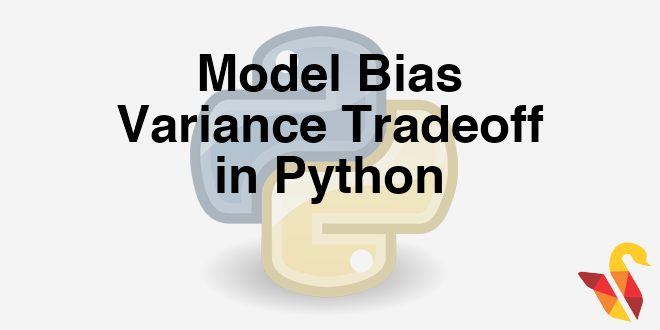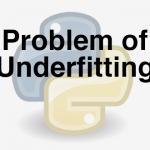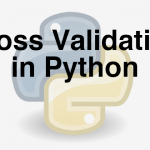
Link to the previous post : https://statinfer.com/204-4-8-problem-of-under-fitting/
Model Bias and Variance
- Over fitting
- Low Bias with High Variance
- Low training error – ‘Low Bias’
- High testing error
- Unstable model – ‘High Variance’
- The coefficients of the model change with small changes in the data
- Under fitting
- High Bias with low Variance
- High training error – ‘high Bias’
- testing error almost equal to training error
- Stable model – ‘Low Variance’
- The coefficients of the model doesn’t change with small changes in the data
The Bias-Variance Decomposition
Y=f(X)+ϵ Var(ϵ)=σ2 SquaredError=E[(Y−f^(x0))2|X=x0]
= σ2+[Ef^(x0)−f(x0)]2+E[f^(x0)−Ef^(x0)]2
= σ2+(Bias)2(f^(x0))+Var(f^(x0))
Overall Model Squared Error = Irreducible Error + \(Bias^2\) + Variance
Bias-Variance Decomposition
- Overall error is made by bias and variance together.
- High bias low variance, Low bias and high variance, both are bad for the overall accuracy of the model.
- A good model need to have low bias and low variance or at least an optimal where both of them are jointly low.
- How to choose such optimal model. How to choose that optimal model complexity.
Choosing optimal model-Bias Variance Tradeoff
Bias Variance Tradeoff
Test and Training Error
Choosing Optimal Model
- Unfortunately,there is no scientific method of choosing optimal model complexity that gives minimum test error.
- Training error is not a good estimate of the test error.
- There is always bias-variance tradeoff in choosing the appropriate complexity of the model.
- We can use cross validation methods, boot strapping and bagging to choose the optimal and consistent model.
The next post is about cross validation.
Link to the next post : https://statinfer.com/204-4-10-cross-validation/




